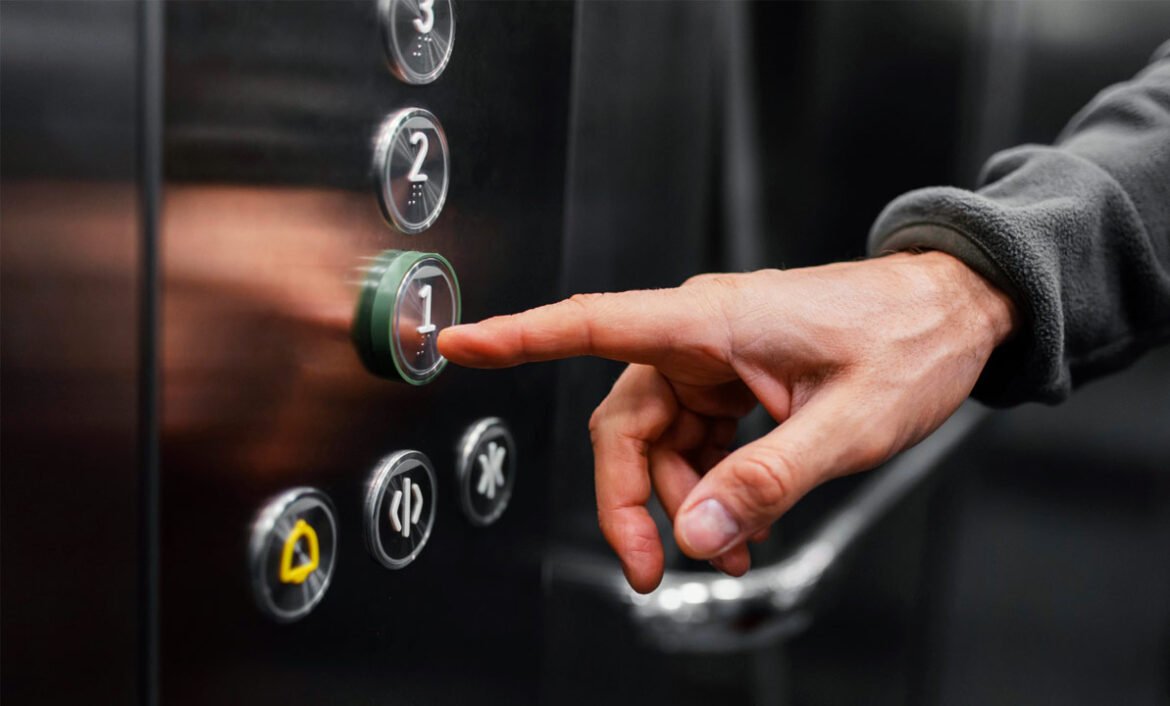When a lift starts acting up—maybe it makes strange noises, moves slowly, or stops slightly above the floor—it’s easy to assume the worst. Some people might think the entire lift needs replacing. But that’s usually not true.
Just like any other machine, lifts are made of lots of moving parts. Over time, some of those parts wear down, get out of sync, or need a simple adjustment. That doesn’t mean the whole lift is broken. In most cases, these problems can be fixed without installing a brand new system.
Getting a lift repaired instead of replaced can save time, money, and a lot of unnecessary stress.
Most Lift Issues Start Small
Lifts go through a lot of daily use. Think about how many times people press buttons, how many floors they move between, and how many times the doors open and close. All that movement adds up.
Over time, small things can stop working as smoothly. A motor might slow down. A door sensor could get dirty. The lift might feel a little off, but it still works. These kinds of problems don’t mean the lift has reached the end of its life—they just mean it’s time for a repair.
Ignoring small signs can turn minor repairs into bigger ones, which is why it’s always better to get them checked early. That’s what regular maintenance is for—catching problems before they turn into serious ones.air Services- Murray Lift Group
Repairs Are Often the Smartest Option
Replacing an entire lift system is a big job. It takes time, costs a lot of money, and usually means the lift is out of service for days or even weeks. That’s not ideal—especially in places like apartment buildings, hospitals, or office towers where people rely on lifts every day.
But with proper assessment and support from professional services like Lift Repair Services– Murray Lift Group, many of those bigger issues can be avoided. Trained lift engineers know how to figure out what’s wrong and fix it without needing to replace the whole lift.
They can repair motors, adjust doors, clean sensors, replace cables, and update controls. These kinds of repairs can bring a lift back to full working condition—and keep it running safely for years.
What Can Be Repaired?
Lots of lift components can be fixed or replaced without a full system upgrade. Here are a few common ones:
- Door systems – If a lift door is slow, noisy, or doesn’t close all the way, the problem is usually in the rollers, tracks, or sensors. These can be cleaned, adjusted, or replaced individually.
- Control panels – When buttons stop working or lights flicker, the problem might be in the wiring or the circuit board. These are small parts that can be repaired without touching the rest of the lift.
- Ride smoothness – If the lift jerks or moves unevenly, engineers can check the motor, cables, or hydraulic systems. Often, the fix is adjusting tension or replacing worn parts.
- Stopping accuracy – When a lift doesn’t stop exactly level with the floor, it could be a sign that a sensor needs recalibrating or a brake needs servicing.
Each of these issues sounds serious at first—but with the right help, they’re usually fixable.
When Replacement Might Actually Be Needed
Of course, not every lift can be repaired forever. Sometimes, the system is too old. The parts might be impossible to find, or the technology might be so outdated that it’s no longer safe or efficient.
In those cases, a full replacement might be the right move. But those situations are the exception—not the rule.
Most lifts can be repaired, upgraded, or modernised instead of replaced completely. That means keeping the lift in service while making it better step by step.
Early Repairs Prevent Bigger Problems
Catching problems early is one of the best ways to avoid expensive repairs or full replacements. A strange noise or small delay might not seem like a big deal at first, but it could be the first sign of something wearing down.
Lift engineers are trained to notice these signs. During regular service visits, they check all the systems, clean and test parts, and make sure everything is working like it should. This helps find small issues before they turn into something that shuts the lift down.
Getting repairs done early not only saves money, it also keeps people safe and avoids frustrating breakdowns.
Safety Comes First
No matter how small a lift problem seems, safety should always come first. A lift that’s moving too fast, stopping in the wrong place, or ignoring controls isn’t just annoying—it could be dangerous.
That’s why it’s important to call a qualified lift technician instead of waiting to see if it gets better. The longer a problem is left, the more risky it can become.
Lift repair services focus on safety first. Every repair is tested, checked, and documented to make sure the lift is ready to use again. That peace of mind matters, especially in buildings with kids, elderly residents, or people with limited mobility.
What to Remember
When something seems wrong with a lift, it doesn’t mean the whole system has to go. Most of the time, it’s a single part or a small issue that can be fixed.
Repairing a lift instead of replacing it is usually faster, cheaper, and just as effective—if it’s done by a trained professional. Regular checkups help catch problems early, and expert technicians can make sure everything stays safe and smooth for the people who rely on it.
So the next time a lift starts acting up, don’t assume it’s done for. It might just need a little help from someone who knows what they’re doing.


